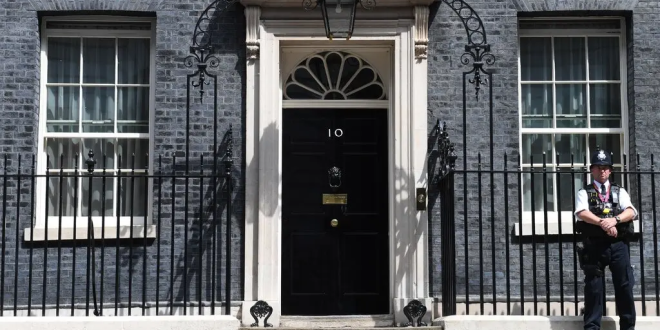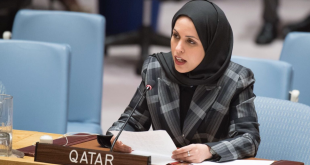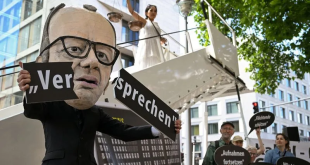By Megan Specia
The New York Times
It may come as a surprise, particularly to those less familiar with parliamentary systems of government, that the decision on Britain’s new leader has been made by just a small (and not very representative) fraction of the country’s 67 million people.
Around 160,000 people had the final say in choosing the new leader of the Conservative Party, and therefore the next prime minister.
How did the leadership vote work?
Since Prime Minister Boris Johnson resigned while his party still holds an overall majority in Parliament, the Conservatives could decide on his successor through a party leadership contest.
The initial stages of a Conservative leadership race take place among the party’s members of Parliament, from whom all the potential candidates are drawn. Each needed the nomination of 20 fellow lawmakers to reach the first ballot in July, a threshold met by eight of the 11 who sought to run.
Then Conservative lawmakers, through five rounds of voting, narrowed the candidates to two: Liz Truss and Rishi Sunak. After that, it was up to the rest of the party’s dues-paying members to decide.
The Fall of Boris Johnson
Boris Johnson stepped down less than three years after a landslide election victory, following a series of scandals that have ensnared his government.
Mr. Johnson’s downfall was linked to the resignation of Chris Pincher, a Conservative deputy chief whip, after he admitted to having groped two men. Outrage grew as it was revealed that Mr. Johnson was aware of prior sexual misconduct allegations against him when he appointed him; the prime minister had previously denied knowing about the accusations.
The revelations prompted the unexpected resignation of two of Mr. Johnson’s highest-ranking ministers — the Chancellor of the Exchequer, Rishi Sunak, and the health secretary, Sajid Javid. That was followed by a flurry of resignations of other ministers and officials, capped by Mr. Johnson’s decision to step down.
Since late last year, Mr. Johnson had been grappling with reports about parties he attended in Downing Street while Covid lockdown rules were in force. An internal inquiry found that 83 people violated the rules at parties, and the police imposed hundreds of fines, including one on Mr. Johnson, for breaches of social distancing. Mr. Johnson survived a no-confidence vote triggered by the scandal, but was left reeling politically.
The former prime minister’s reputation had also been tarnished by his staunch defense of a Conservative lawmaker for violating lobbying rules, his government’s contentious plans to change the system that investigated that lawmaker and the costly refurbishment of his apartment, for which he secretly used funds from a Conservative Party donor.
At the time of the last leadership election in 2019, 154,500 party members were eligible to vote. Now that number is estimated to be more than 160,000 — still less than 0.3 percent of Britain’s population. Party members pay an annual subscription of 25 pounds, about $30, and have been voting by mail and online since early August. Voting closed at 5 p.m. on Friday.
The Conservative Party does not release clear data on the makeup of its membership — even the number of members is not routinely published.
For the duration of Queen Elizabeth II’s 70-year-reign, the monarch has held an audience with her incoming prime minister at Buckingham Palace, her primary residence in central London.
But this time around, the queen, now 96, will be met with both the outgoing and the incoming prime minister at Balmoral Castle in Scotland, where she is on her annual summer trip. This is the 15th prime minister of her long reign.
Typically, the departing prime minister would make a statement outside Downing Street and then take a final trip as leader to meet the queen and be formally dismissed from the role. The newly elected leader would then meet the queen before returning to 10 Downing Street and make a speech.
Instead, on Tuesday morning, Mr. Johnson will make a speech at Downing Street before traveling by plane to Balmoral to see the queen around midday. Directly after that meeting, the new leader will meet with the queen there and become prime minister, before returning to London to make a speech.
 Afghanistan Times
Afghanistan Times




